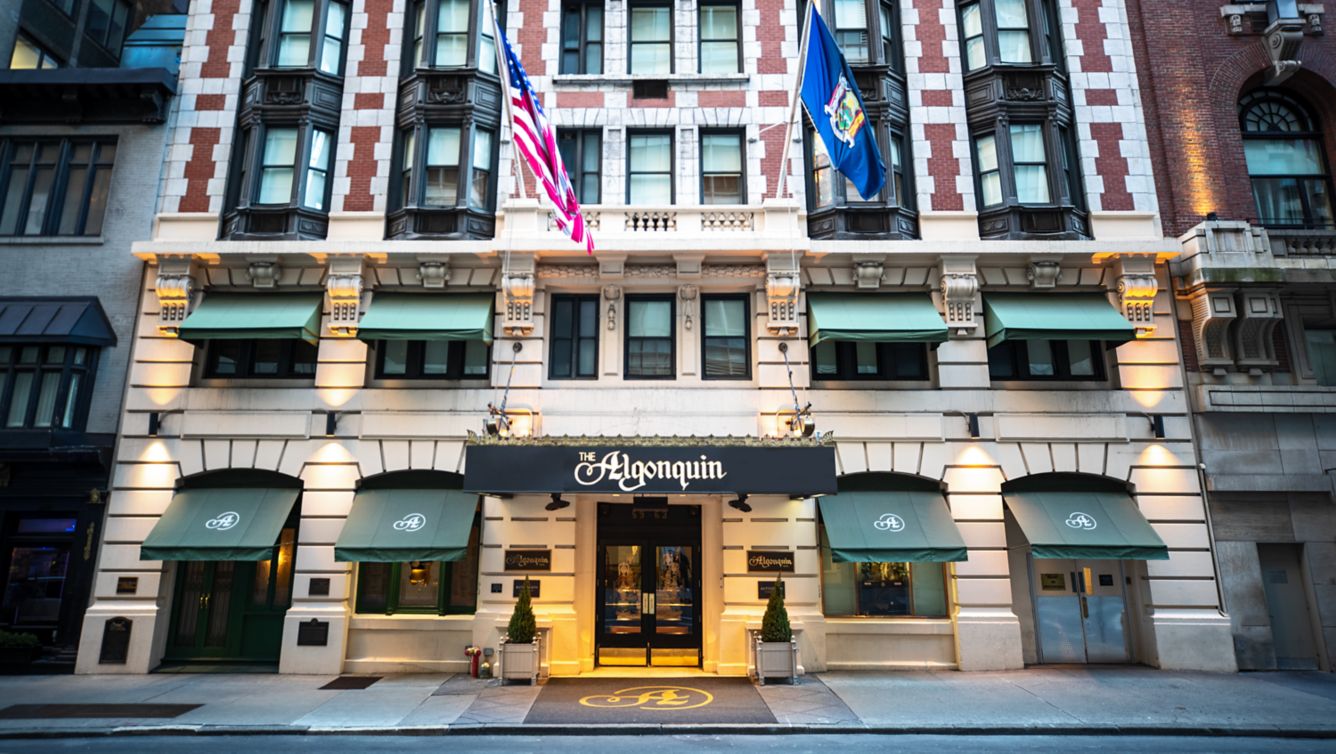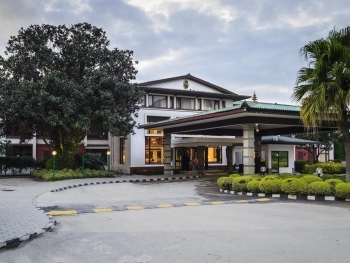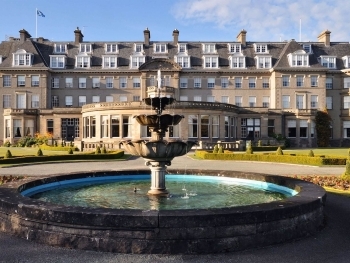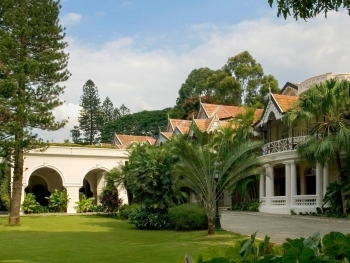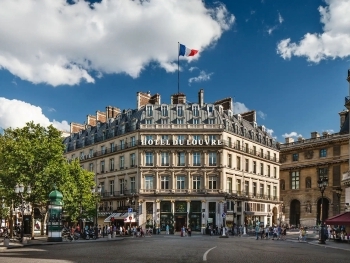Nestled in the heart of Manhattan, The Algonquin Hotel Times Square is more than just a place to stay; it’s a storied establishment rich with history, cultural significance, and a touch of literary magic. Since its opening in 1902, the Algonquin has been a hub for writers, actors, and public figures, earning its reputation as a landmark of New York City.
Early History
The Algonquin Hotel was opened by Frank Case, who originally intended to name it "The Puritan." Case had a keen sense for business and an even keener sense for the arts and literature, which would later shape the hotel’s identity. The name was changed to "The Algonquin" in honor of the Native American Algonquin tribes, reflecting Case’s desire for an atmosphere that evoked both sophistication and inclusivity.
The hotel was designed by architect Goldwin Starrett, featuring a Beaux-Arts architectural style. With its prime location at 59 West 44th Street, the Algonquin quickly became a preferred destination for the city’s elite and travelers seeking an elegant yet comfortable stay.
The Algonquin Round Table
One of the most significant chapters in the hotel’s history began in 1919 with the formation of the Algonquin Round Table. This group of writers, critics, and actors, also known as "The Vicious Circle," met daily for lunch at the hotel’s Rose Room. The Round Table included luminaries such as Dorothy Parker, Robert Benchley, Alexander Woollcott, and Harold Ross. Their sharp wit and literary discussions had a profound impact on American literature and journalism.
The Algonquin Round Table’s influence extended beyond their meetings. Harold Ross went on to found The New Yorker magazine in 1925, with many Round Table members contributing to its early issues. The hotel's role as an incubator of literary talent cemented its place in American cultural history.
Cultural and Artistic Significance
The Algonquin has always been more than just a hotel; it has been a sanctuary for the arts. The hotel's Oak Room Supper Club became a premier venue for cabaret performances, featuring legendary artists such as Harry Connick Jr., Diana Krall, and Michael Feinstein. The intimate setting of the Oak Room allowed for a unique connection between performers and their audience, making it a beloved institution in New York’s entertainment scene.
The hotel’s lobby also became famous for its resident cat, Matilda, a tradition that started in the 1930s. The current feline resident continues to greet guests, adding to the Algonquin’s charm and unique character.
Renovations and Modern Era
The Algonquin Hotel has undergone several renovations to preserve its historic charm while providing modern amenities. The most significant renovation occurred in 2012, when the hotel underwent a $10 million facelift. The refurbishment included updated guest rooms, a revamped lobby, and the preservation of historic elements such as the Blue Bar and the Oak Room.
Despite these changes, the Algonquin has maintained its commitment to its cultural heritage. The hotel's design still reflects its early 20th-century elegance, with period furnishings and decor that evoke a sense of nostalgia.
Acclaim and Recognition
Over the years, the Algonquin Hotel has garnered numerous accolades. It was designated a New York City Historic Landmark in 1987, a testament to its architectural and cultural significance. The hotel is also a member of the Historic Hotels of America, an organization dedicated to preserving and promoting historic lodging establishments.
The Algonquin has been featured in countless films, books, and television shows, further embedding it in popular culture. Its legacy as a meeting place for creative minds continues to attract writers, artists, and intellectuals from around the world.
The Algonquin Hotel Times Square stands as a testament to New York City's rich cultural and literary history. With its storied past, elegant architecture, and ongoing commitment to the arts, the Algonquin remains a beloved landmark. For over a century, it has provided a haven for creativity and sophistication, making it not just a place to stay, but a place to experience the enduring spirit of New York City.
